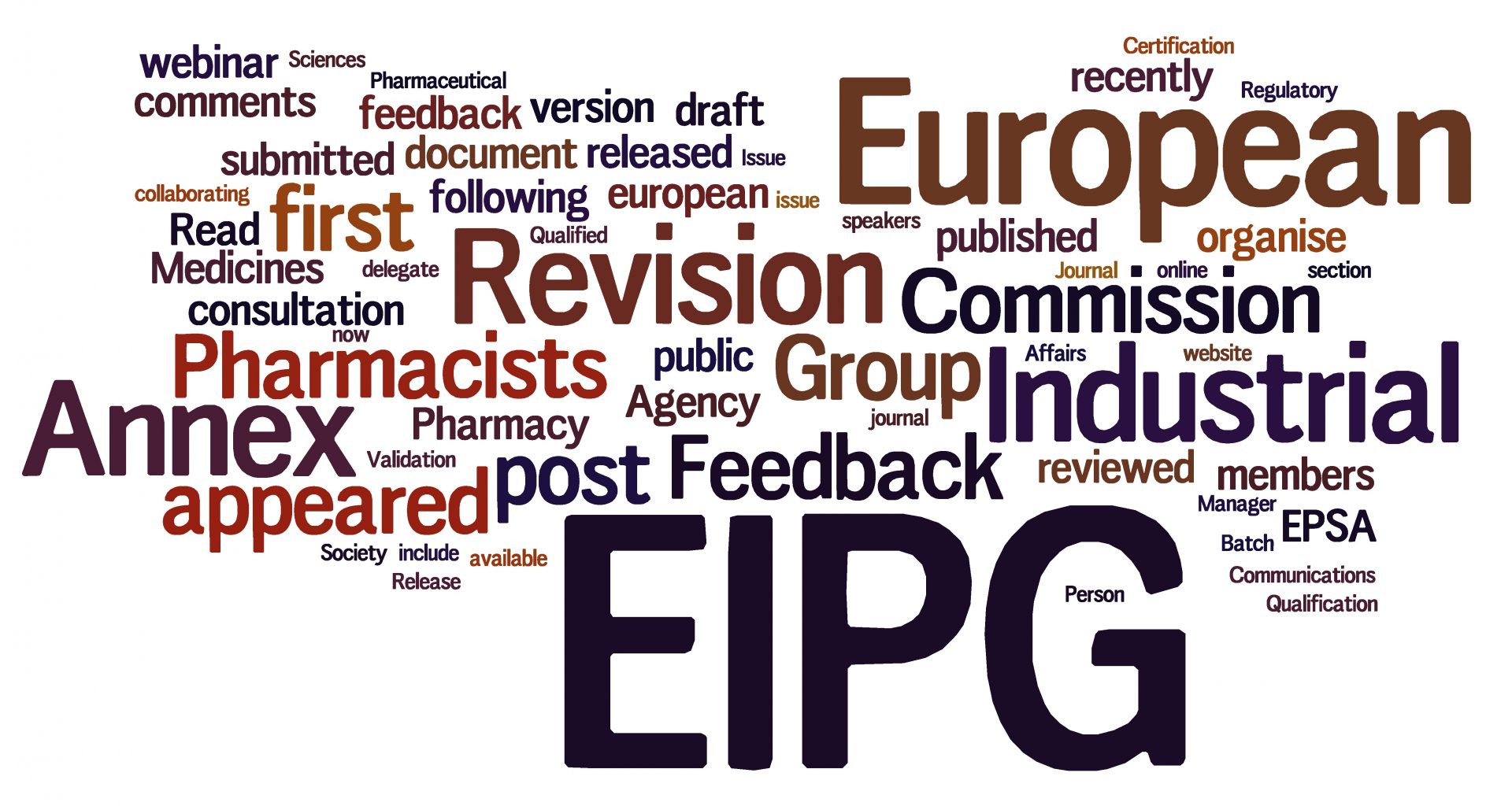EC Communication (part 2): a Critical Medicines Alliance to support European pharma supply chain
by Giuliana Miglierini After last week’s examination of the first part of the Commission’s Communication, specifically targeted to…

Browsing Category